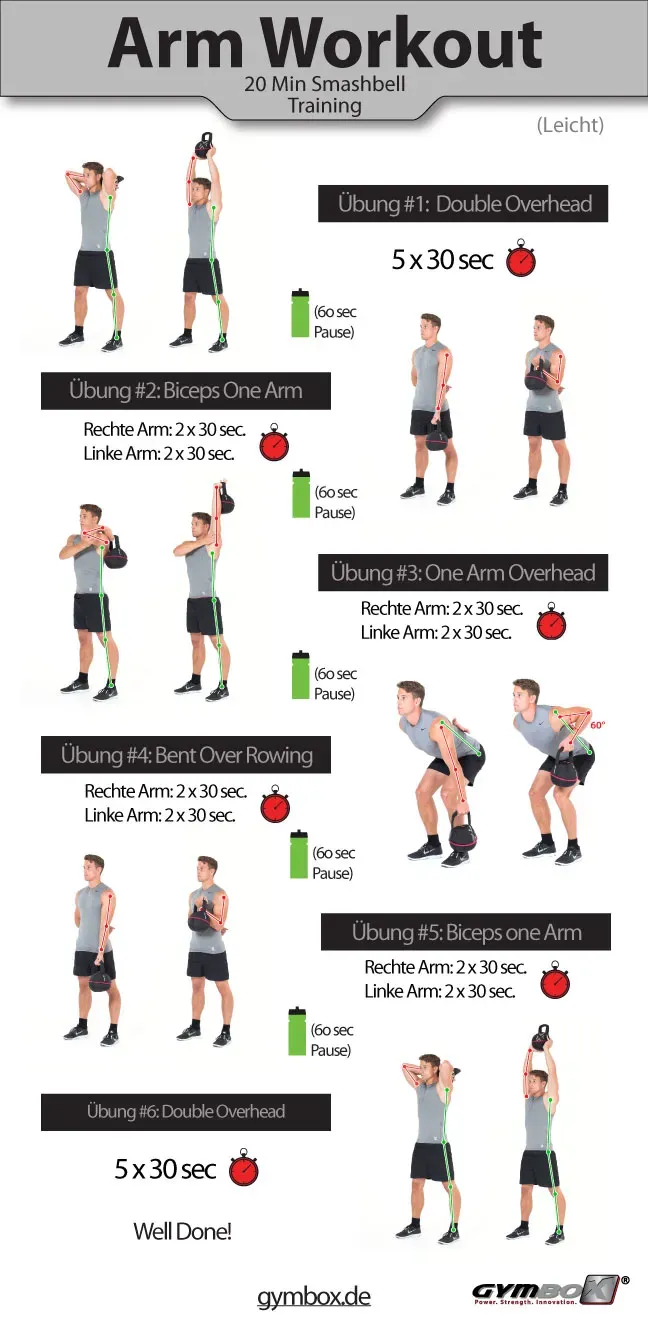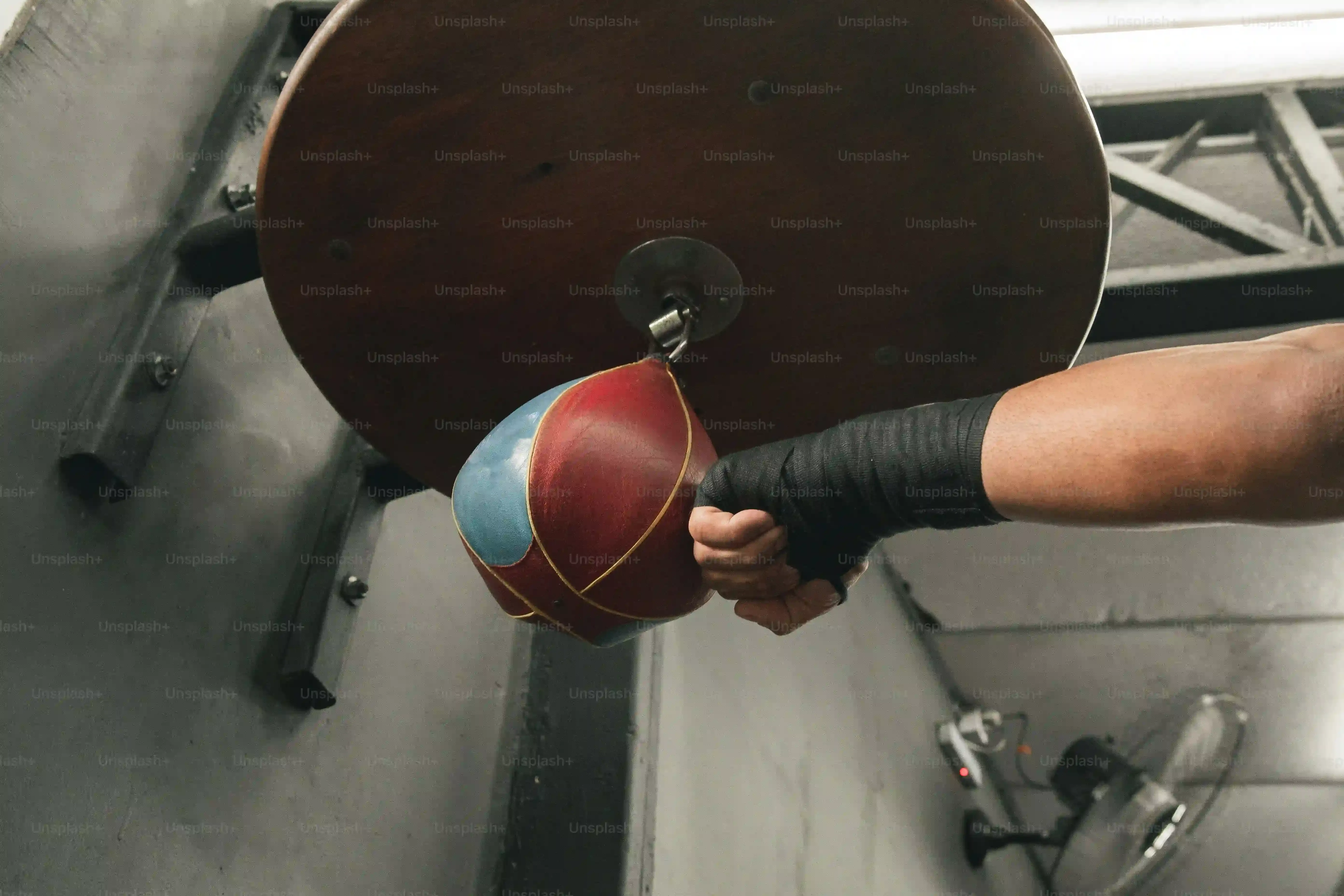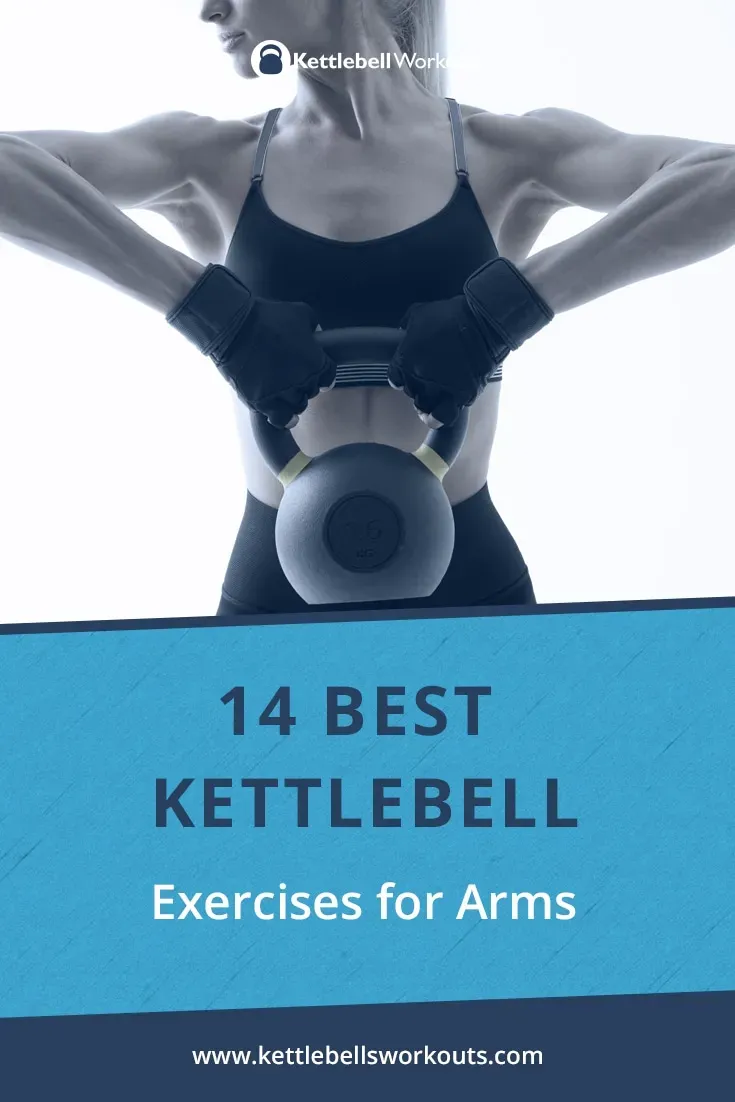Table of Contents
Let's be honest, finding time to hit the gym for an hour is often a pipe dream. Life gets in the way. But that doesn't mean you're stuck with arms that feel more like pool noodles than sculpted steel. If you're looking for effective kettlebell arm toning workouts that fit into a packed schedule, you've come to the right place. Forget endless bicep curls with tiny dumbbells. We're talking about a dynamic, efficient approach that hits multiple muscle groups at once.
Your 20Minute Kettlebell Arm Toning Workout Structure

Your 20Minute Kettlebell Arm Toning Workout Structure
Alright, so you've got your kettlebell ready. Now, let's talk about the engine driving this whole operation: Your 20Minute Kettlebell Arm Toning Workout Structure. This isn't your grandma's gentle arm circle routine. We're running an AMRAP, which stands for As Many Reps As Possible, but in this case, it's more like As Many Rounds As Possible within a strict 20-minute clock. Think of it as a race against time, but the only competitor is your previous best effort. You'll move through a circuit of four exercises, hitting each one for a set duration, resting briefly, and then moving straight to the next. Once you finish the fourth exercise, you start back at the top for round two, chipping away until the timer buzzes. It’s intense, it’s efficient, and it leaves zero room for scrolling through your phone between sets.
Breaking Down the Moves for Kettlebell Arm Toning

Breaking Down the Moves for Kettlebell Arm Toning
Pushing and Pulling for Power
so you know the structure: 20 minutes, AMRAP style. Now, let's get into the nuts and bolts – the actual movements that make up these kettlebell arm toning workouts. First up, we hit the Deficit Pushup. Think of a regular pushup, but your hands are elevated on the kettlebell handle or the bell itself if stable. This increases the range of motion, making your chest, shoulders, and triceps work harder at the bottom. It feels like you're dropping deeper into the struggle, which is exactly what we want for building strength and tone. After that burner, you grab that kettlebell for Bent-Over Rows. Hinge at your hips, keep your back flat, and pull the kettlebell towards your chest, squeezing your shoulder blades. This move is money for your lats, rhomboids, and biceps – basically everything on the back of your upper body that often gets ignored.
Curls, Presses, and Extensions
Moving right along in our quest for serious kettlebell arm toning workouts, we hit a classic combo: the Biceps Curl into an Overhead Press. You curl the kettlebell up to your shoulder, then smoothly press it overhead, extending your arm fully. This one is a fantastic two-for-one, working your biceps on the way up and your shoulders and triceps on the press. It requires coordination and core stability, so don't rush it. Finally, we isolate those triceps with the Overhead Tricep Extension. Hold the kettlebell with both hands, extend it overhead, and then lower it behind your head by bending your elbows, keeping your upper arms close to your ears. Straighten your arms to return to the start. This move targets the back of your arm, the part that waves long after you stop. Hitting all sides ensures balanced strength and that toned look.
Here's a quick breakdown of the moves and their primary targets:
- Deficit Pushup: Chest, Shoulders, Triceps
- Bent-Over Row: Lats, Rhomboids, Biceps
- Biceps Curl and Overhead Press: Biceps, Shoulders, Triceps, Core
- Overhead Tricep Extension: Triceps
Why Kettlebells Excel for Toning Arms and Beyond

Why Kettlebells Excel for Toning Arms and Beyond
The Offset Load Advantage
Look, you could grab a dumbbell and do some curls, sure. It works. But a kettlebell? It's a whole different beast. The weight isn't centered in your hand like a dumbbell. It hangs below the handle, creating an offset load. This isn't just a quirky design; it forces your smaller stabilizer muscles – in your shoulders, wrists, and even your core – to work overtime just to keep the weight steady. When you're doing those kettlebell arm toning workouts, you're not just moving the weight from point A to point B. You're constantly fighting to control it. That extra demand means more muscle fibers firing, which translates directly to better tone and functional strength. It’s like the kettlebell is subtly nagging your muscles to pay attention, all the time.
Blending Strength and Sweat
One of the cool things about kettlebells is how they blur the lines between strength training and conditioning. Think about moves like the kettlebell swing – it's a powerful hip hinge, but it also gets your heart rate up fast. Even in this arm-focused routine, the dynamic nature of transitioning between exercises with a kettlebell in hand keeps your metabolism humming. You're not just building muscle; you're burning calories simultaneously. It's a more athletic way to train compared to sitting on a machine or doing isolated movements. This integrated approach is why kettlebells are so effective for achieving that lean, toned look, not just bulky muscle.
Why choose a kettlebell for arm toning?
- Offset weight challenges stabilizers
- Engages core and other muscle groups constantly
- Combines strength and cardio benefits
- Allows for dynamic, fluid movements
- Forces better grip strength
Versatility and Progression
A single kettlebell can be your entire gym. You can swing it, press it, row it, squat with it, lunge with it. For kettlebell arm toning workouts, you can easily adjust the intensity. Can't do a deficit pushup on the bell? Do it with hands on the floor, or even on an elevated surface like a sturdy chair. Need more challenge on the rows? Increase the weight or slow down the tempo. As you get stronger, you don't necessarily need a whole rack of dumbbells. A slightly heavier kettlebell can provide a significant jump in difficulty across multiple exercises. This adaptability makes it a practical tool for long-term progress, whether you're just starting or you've been lifting for years.
Maximizing Results from Kettlebell Arm Toning Workouts

Maximizing Results from Kettlebell Arm Toning Workouts
Nailing Down Your Form First
so you're swinging and pressing, feeling the burn. But are you actually getting the most out of those kettlebell arm toning workouts? The absolute first thing you need to obsess over is form. Seriously, before you even think about lifting heavier or doing more reps, make sure each movement looks crisp. A sloppy bent-over row puts strain on your back, not your lats. A rushed overhead press can tweak your shoulder. It’s like trying to build a house on a shaky foundation. You might get something up, but it won't last. Watch videos, maybe even film yourself. That little tweak in your hip hinge or keeping your elbows tighter on the tricep extension makes a massive difference in muscle activation and, more importantly, keeps you from getting hurt.
Choosing the Right Weight and Tempo
Once form feels solid, let's talk weight. For toning, you don't need to go ridiculously heavy, but it shouldn't feel like you're waving a feather around either. You want a weight that challenges you by the end of the timed interval, where those last few seconds feel like a real grind. If you can breeze through 45 seconds without feeling much, grab a heavier bell next time. Tempo matters too. Don't just yank the weight around. Control the eccentric (lowering) phase of each movement. On the overhead press, don't just let the bell drop; lower it with control. This controlled descent actually creates more muscle damage (the good kind) which leads to better toning and strength gains. It’s the difference between just moving weight and actually working the muscle.
Think about these questions when choosing your kettlebell weight:
- Can I maintain good form for the entire interval?
- Do the last 10-15 seconds feel challenging?
- Am I controlling both the lifting and lowering phases?
- Could I potentially squeeze out a few more reps if the timer wasn't there? (If yes, maybe go heavier next time).
Listen to Your Body and Recover Smart
Pushing hard is part of the deal with these kettlebell arm toning workouts, but ignoring what your body tells you is a fast track to burnout or injury. Soreness is normal, pain is not. If something feels sharp or wrong, stop. Period. Don't try to "work through it." Recovery is just as crucial as the workout itself. Make sure you're getting enough sleep – that's when your muscles actually repair and grow stronger. Fuel your body with decent food, especially protein. Think of recovery as the time your body uses to actually build the toned arms you're working for. Skipping it is like planting seeds but never watering them.
Kettlebell Arm Toning: Consistency and Progression

Kettlebell Arm Toning: Consistency and Progression
Showing Up is Half the Battle
Let's be real. You can have the perfect workout plan, the fanciest kettlebell, and all the motivation in the world, but if you don't actually *do* the work, those kettlebell arm toning workouts won't do much. Consistency is the boring, non-negotiable truth of getting results. Hitting this 20-minute routine three or four times a week is far more effective than crushing it once every two weeks when the mood strikes. Life happens, sure, but carving out 20 minutes is usually manageable if it's a priority. Think of it like brushing your teeth; you do it consistently because it works, not because it's always thrilling. Schedule it, stick to it, and accept that some days will feel harder than others. The magic isn't in one session; it's in the cumulative effect over time.
Smart Ways to Keep Getting Stronger
Once you're consistently completing the 20 minutes, you'll need to think about progression to keep those kettlebell arm toning workouts challenging. Your muscles adapt; what felt hard initially will eventually feel easy. Don't get stuck doing the same thing forever. The simplest way to progress is often increasing the weight of your kettlebell, but that's not the only trick. You could try to squeeze in more rounds within the 20 minutes. Alternatively, you might increase the work interval slightly (say, 50 seconds instead of 45) or decrease the rest time. Another method is focusing on the tempo, making the eccentric phase slower and more controlled. Keep track of how many rounds you complete or what weight you're using. This isn't just busywork; it's proof of progress and a roadmap for where to push next.
How will you track your progress?
- Note the kettlebell weight used each session.
- Record the total number of rounds completed in 20 minutes.
- Jot down how the exercises felt (e.g., "last round pushups were brutal").
- Consider adding an extra rep or two to each interval as you get stronger, even if the timer isn't up yet.
Finishing Strong: Consistency is Key to Toning
Look, a single 20-minute session isn't going to magically transform your arms into granite. This specific kettlebell workout provides a potent tool, hitting your arms, core, and back efficiently. The kettlebell's unique shape forces your muscles, including those often neglected stabilizers, to work harder than a standard dumbbell might. Sticking with a routine like this, focusing on proper form over speed, and gradually increasing your weight or reps over time is where the real change happens. It's not just about the workout itself, but the discipline to show up and put in the work consistently. That's how you build strength and achieve those toning goals.